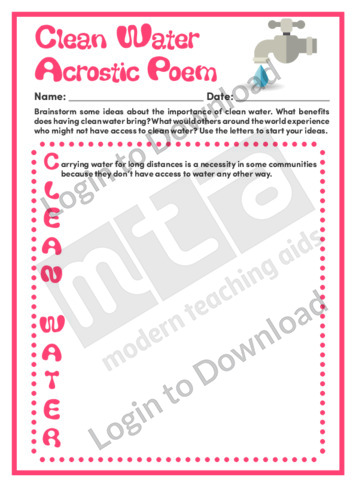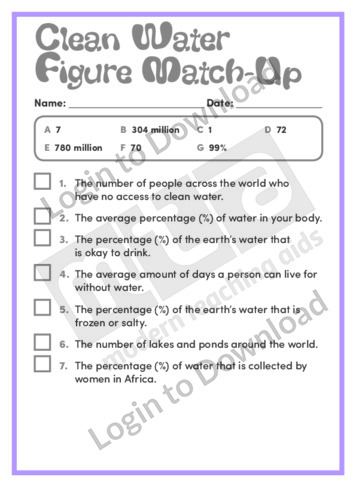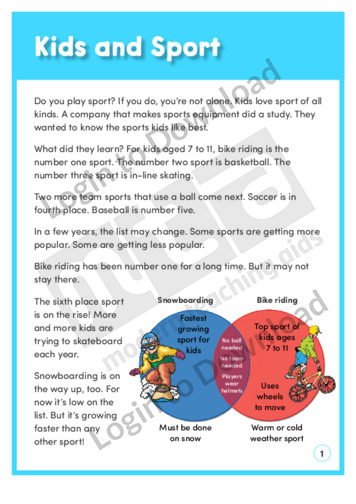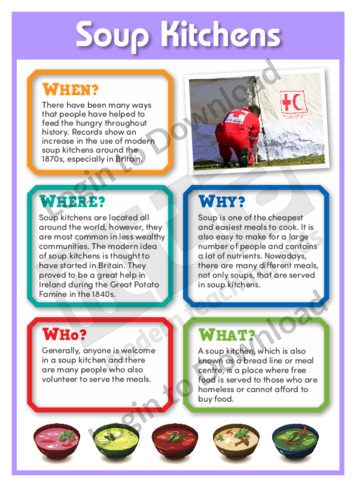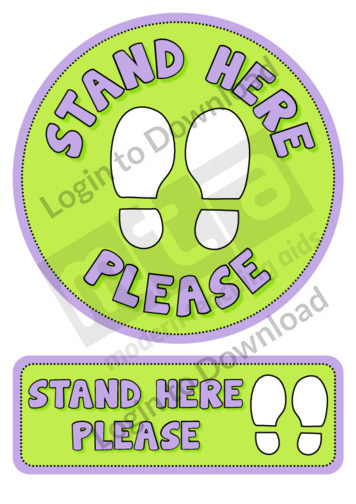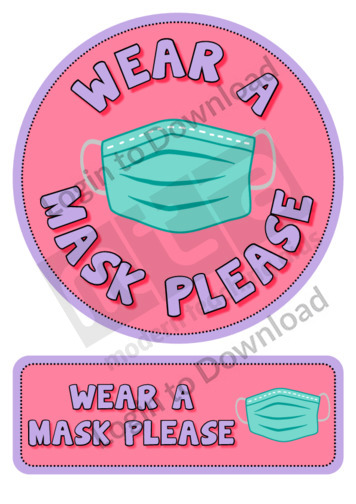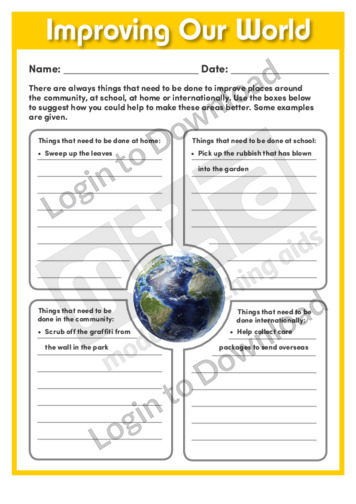This worksheet, ‘5Ws and How of Clean Water’ provides a structured diagram that helps students identify the who, what, when, where, why and how of water sanitation and collection. It is a great visual graphic that can be used as a comprehension activity and to generate meaningful class discussion.
This worksheet, ‘ABCs of Clean Water’ provides an alphabet grid that students can use to develop their vocabulary and brainstorm different ideas about the water cycle, water sanitation and water collection. This is a fun and simple resource that can be used effectively before, during or after an activity and across ability levels. It can …More
This simple infographic, ‘All the Water Around the World’ is a fantastic colourful resource that is a great addition to a unit on water collection, sanitation or the water cycle. Students are given interesting facts and figures that outline the amount of drinkable water around the world, how it is used and where it is …More
This worksheet, ‘Clean Water Acrostic Poem’ is a fantastic quick activity to brainstorm facts and ideas about water sanitation. It is a fun resource that can be used without preparation across all age groups and abilities. Students are required to use the letters from the words ‘clean water’ to list facts or ideas that they …More
This worksheet, ‘Clean Water Crossword’ provides students with the opportunity to use skills including vocabulary, reasoning and spelling to find the correct water words to complete the puzzle. It encourages students to identify and understand the terms being used and to build on their vocabulary of key words used when discussing water sanitation and collection. …More
This worksheet, ‘Clean Water Figure Match-Up’ is a fun and engaging activity to explore interesting facts and figures about water. Students must match each fact to its corresponding figure by either cutting out or drawing links. This resource encourages students to think logically and analytically to ascertain the most likely answer. An answer sheet is …More
This worksheet, ‘Clean Water Pie Chart’ is a simple resource that links mathematics with a unit of water accessibility around the world. Students are provided with figures and information which they must use to complete the pie chart.
This worksheet, ‘Clean Water True or False’ is a thought-provoking worksheet that requires students to asses the truth of facts about water around the world. Many students may presume the answers quickly only to realise their assumptions were not correct which can lead to interesting discussions and further research into water sanitation related topics. An …More
This worksheet, ‘Clean Water Unscramble’ is a great activity that encourages students to study the sounds and spellings of words associated with water sanitation. Students will be challenged to unscramble letters to find common words used during this topic. An answer sheet is also provided.
This worksheet, ‘Clean Water Word Search’ gives students the opportunity to learn new vocabulary and improve their spelling of words associated with water sanitation and collection. Students must scrutinise the spelling of each word on their list, ensuring new vocabulary is committed to memory with the correct spelling.
This worksheet, ‘Clean Water Word Shapes’ is a great resource that encourages students to examine the spelling and letter shapes of words associated with water collection. Students must use the word bank to match the letter shapes to the correct words.
This informational text, ‘Collecting Water’ features important factual information about different processes of collecting water. It is aimed at broadening students’ understanding about where water comes from before reaching our taps. It also provides a glossary of key terms to familiarise students with language commonly associated with collecting water.
This worksheet, ‘KWL Chart of Clean Water’ prompts students to explore what they know about water sanitation, what they want to learn and what they have learnt following activities. This is a great, clearly formatted resource to encourage students to take responsibility for their own learning and to assist teachers in establishing their students’ prior …More
This history article, ‘The Gory Story: It’s Obscene to be Clean’ explains how practising personal hygiene was not always seen as a good thing. It provides factual information about how ideas surrounding personal hygiene have changed throughout history and is aimed at broadening students’ cultural and historical awareness in a fun and engaging manner.
This simple infographic, ‘Water in Africa’ is a fantastic colourful resource that is a great addition to a unit on water collection or sanitation in developing countries. Students are given interesting facts and figures that outline who typically collects the drinking water, how they collect water and how many people do not have access to …More
This worksheet, ‘Water Scarcity’ is an easy resource that can be used to introduce or supplement a topic on water access around the world. Students are directed to use their dictionaries to describe the meaning of scarcity and then are provided with the meanings of the two types of water scarcity, physical and economic. They …More
This ‘Allergies’ chart allows teachers to record the food, medicine or other allergies and intolerances of their students. It is an essential tool for teachers to ensure the wellbeing and safety of their students and to avoid serious incidents.
This reading comprehension activity, ‘Exercise Your Right to a Healthier Future’ asks students to answer comprehension questions about exercise and leading a healthy life. It is aimed at developing students’ awareness of semantics and encourages them to form opinions and think about the author’s purpose.
This content area reading activity, ‘Kids and Sport’ is a maths based reading comprehension exercise encouraging students to practise interpreting diagrams and other visuals.
This analysing text worksheet ‘Making Potable Drinking Water’ supports students to use various strategies to understand an informational text about recycled water. It is aimed at encouraging students to deconstruct the text in order to gain a deeper understanding of its purpose, to recall specific details from the text, to look critically at words in …More
This fictional article, ‘Students Skip to Keep in Shape’ is about students who are skipping to get fit. It provides opportunities for students to practise vocabulary and comprehension skills. Answer sheet provided with file download.
These Water themed page borders are a set of full colour and black and white page borders that can be used in various ways in the classroom such as in wall displays and bulletin boards. They can also be used in student projects or worksheets. Borders can be printed, coloured in and laminated.
It�s that easy!




